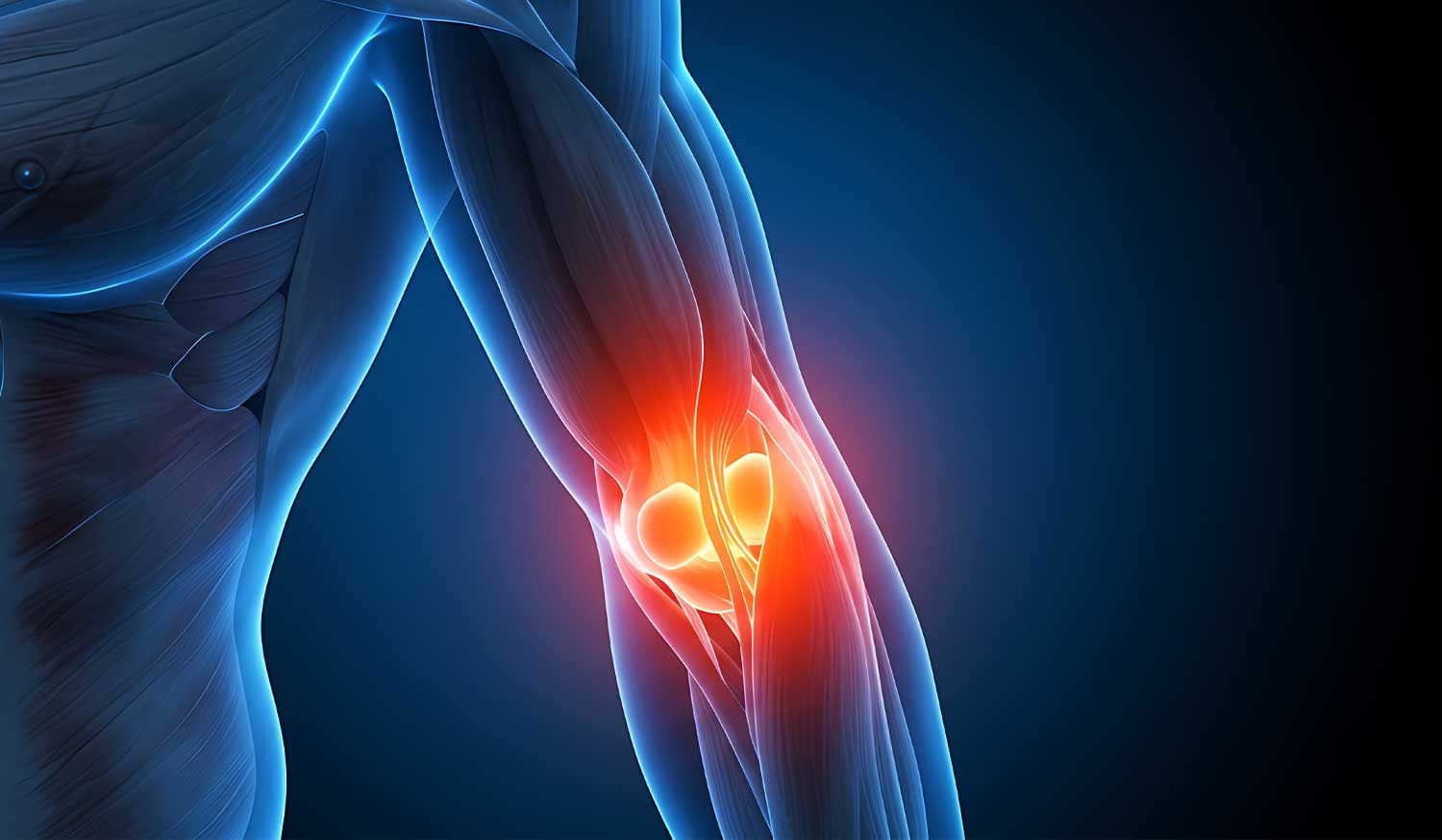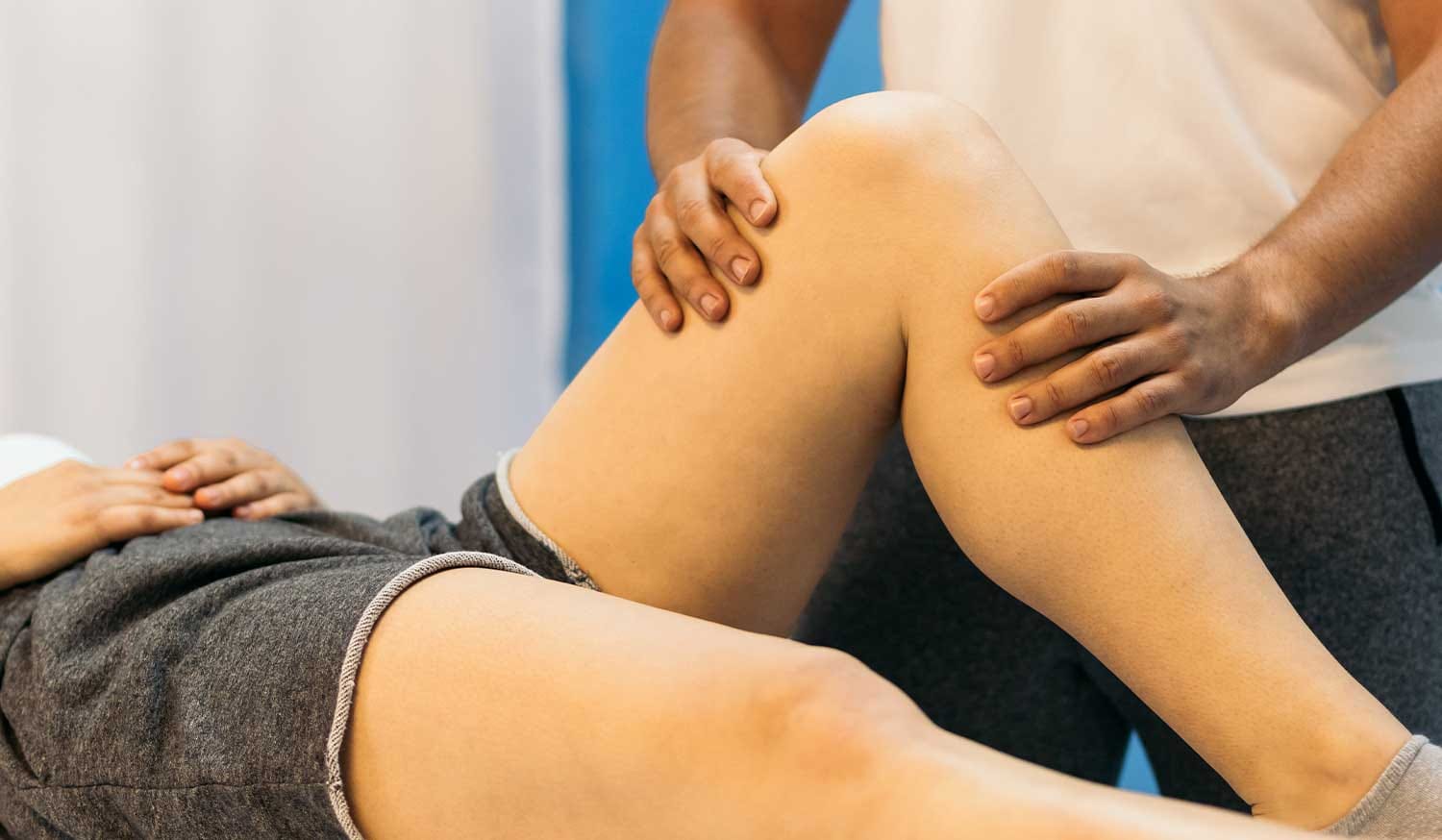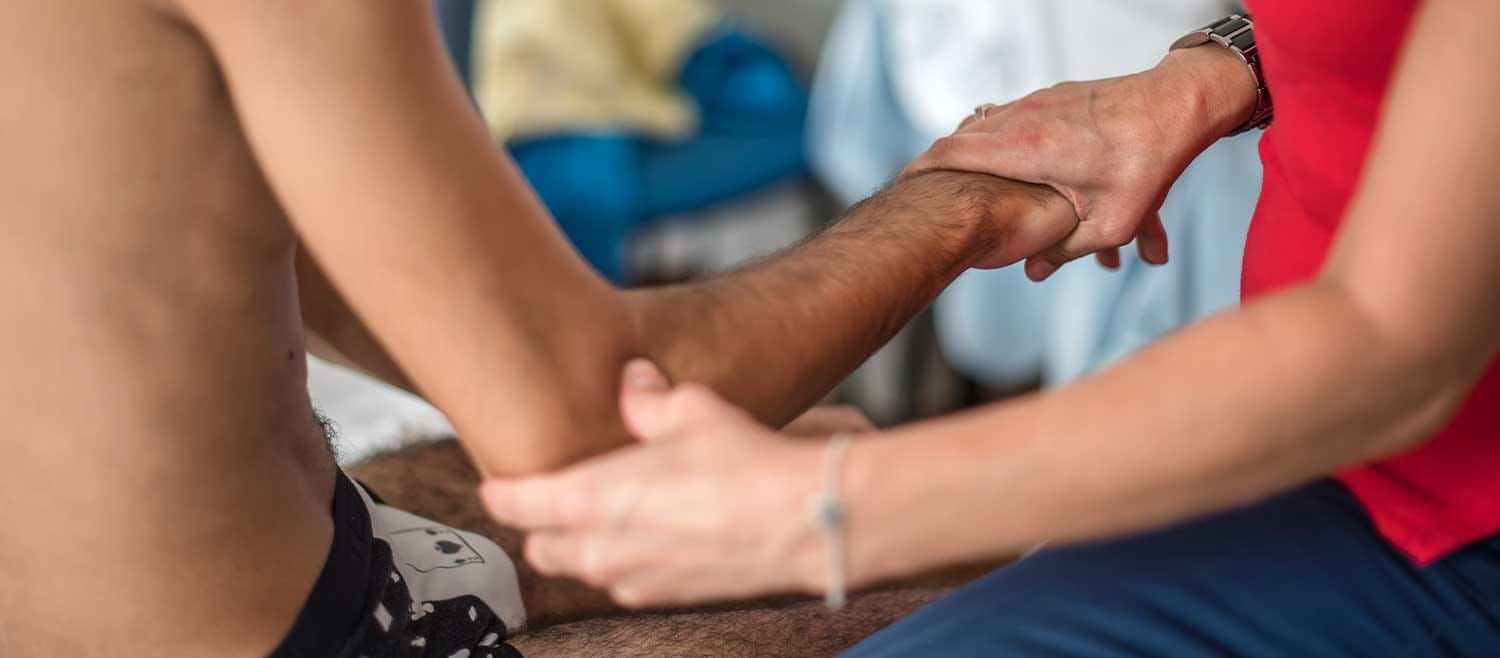Discover proven tendonitis recovery time tips to heal faster. MHV Clinic’s osteopaths share insights on rest protocols, therapies, nutrition, and osteopathic techniques to support a stronger recovery.

Tendonitis can be a frustrating setback, whether it’s from repetitive strain at work, an intense workout, or everyday activities. If you’re dealing with that nagging pain in your tendons—perhaps in your shoulder, elbow, or Achilles—you’re likely wondering how to speed up your tendonitis recovery time. The good news is that with the right approach, including osteopathic care, you can often reduce recovery periods and get back to your routine stronger than before. At MHV Clinic, our osteopaths specialise in musculoskeletal conditions, helping patients manage tendonitis through gentle, practical techniques that address the root causes.
In this comprehensive guide, we’ll explore tendonitis recovery time tips grounded in osteopathic principles. We’ll cover everything, from understanding the condition to practical strategies such as rest protocols, therapies, and nutrition. Drawing on insights from reputable UK sources such as the NHS and professional osteopathy guidelines, we’ll provide actionable advice to help you heal efficiently. Remember, while these tips are general, consulting a qualified osteopath is key for personalised care.
Tendonitis, also known as tendinopathy, occurs when tendons—the tough cords connecting muscles to bones—become inflamed or irritated. Common types include tennis elbow (lateral epicondylitis), Achilles tendonitis, and rotator cuff tendonitis. Symptoms often include pain, swelling, and reduced mobility, which can worsen with movement.
So, what’s the average tendonitis recovery time? It varies based on the severity, location, and individual factors such as age and overall health. For mild cases, you might notice improvement within 2 to 3 weeks with self-care, according to NHS guidelines. However, more persistent tendinopathy can take 3 to 6 months or longer to resolve fully, especially if it’s chronic. Factors influencing this include how early you address the issue and whether underlying musculoskeletal imbalances, such as those in the back or neck, are contributing to the problem.
Osteopathy plays a crucial role here. As a regulated profession in the UK under the General Osteopathic Council, osteopaths focus on the body’s musculoskeletal framework to promote natural healing and well-being. They can help with conditions like shoulder and elbow pain arising from associated back and neck issues, ensuring a holistic approach that aligns with Advertising Standards Authority (ASA) advice on health claims. By improving alignment and reducing strain, osteopathy can shorten recovery time, though individual results depend on evidence-based treatment plans.
For instance, if your tendonitis stems from poor posture or repetitive strain, an osteopath might identify and correct these imbalances early on. This proactive step can prevent the condition from dragging on, turning what could be a months-long ordeal into a more manageable few weeks.

Osteopathy isn’t just about cracking joints—it’s a comprehensive system that uses manual techniques to enhance the body’s self-healing mechanisms. In the context of tendonitis recovery time tips, osteopaths at clinics like MHV Clinic employ methods such as soft tissue manipulation, joint mobilisation, and stretching to alleviate pain and restore function.
According to the NHS, osteopathy involves moving, stretching, and massaging muscles and joints to detect, treat, and prevent health problems. For tendonitis, this may include gentle mobilisation to improve blood flow to the affected tendon, reduce inflammation, and promote tissue repair. Techniques like these are particularly effective for musculoskeletal conditions, and UK osteopaths must adhere to strict guidelines, ensuring claims are backed by evidence.
Furthermore, osteopathic treatment can integrate with other therapies. At MHV Clinic, for example, we combine osteopathy with shockwave therapy for addressing deeper tendon issues and physical therapy sessions to build strength gradually. This multifaceted approach not only targets symptoms but also addresses contributing factors, such as muscle imbalances or joint restrictions, which can significantly reduce recovery time.
Patients often report quicker pain relief—sometimes within days—allowing them to resume light activities sooner. However, consistency is key; regular sessions, typically weekly at first, help maintain progress. If you’re in London, seeking an osteopath registered with the General Osteopathic Council ensures you’re getting professional, evidence-informed care.
Rest is a cornerstone of tendonitis recovery, but it’s not about complete immobility. Prolonged rest can actually weaken tendons, leading to more extended recovery periods. Instead, opt for relative rest, where you avoid aggravating activities while maintaining gentle movement to keep circulation flowing.
NHS recommendations suggest following the RICE protocol (Rest, Ice, Compression, Elevation) for the first 2 to 3 days after injury. Apply ice for 20 minutes, several times a day, to reduce swelling, and use compression bandages as needed. After this initial phase, transition to active rest—light activities that don’t strain the tendon.
In osteopathic practice, we provide tailored rest protocols tailored to your specific condition. For Achilles tendinopathy, avoid high-impact exercises for 4 to 6 weeks and instead incorporate low-load activities, such as swimming. Research from UK health trusts indicates that symptoms often improve within 3 to 6 months when managed rest is combined with exercises.
Additionally, monitor your pain levels. Aim to keep discomfort below 3/10 during activities, as per NHS Lanarkshire guidelines for patellar tendinopathy. If pain persists, an osteopath can assess for underlying issues, like spinal alignment affecting tendon load, and adjust your rest plan accordingly. This balanced approach prevents deconditioning and supports faster recovery.
When it comes to therapies, osteopathy offers a non-invasive foundation, but combining it with other evidence-based options can accelerate healing. Manual therapies, such as massage and joint manipulation, are staples in osteopathic treatment, helping to release tension and improve mobility.
For more stubborn cases, shockwave therapy—available at MHV Clinic—delivers acoustic waves to stimulate tendon repair, often reducing recovery time for chronic tendonitis. Similarly, physiotherapy exercises, like eccentric loading for Achilles tendinopathy, are recommended for 12 weeks to optimise outcomes, as outlined in East Sussex Healthcare NHS Trust resources.
Steroid injections may provide short-term relief for severe pain, but they’re used judiciously in osteopathic clinics to avoid weakening tendons long-term. Other adjuncts include ultrasound or acupuncture, which some UK practices incorporate for pain management.
However, the key is progression. Begin with gentle therapies and gradually build up, always under the guidance of a professional. Osteopaths can refer patients for imaging, such as MRI, if needed, ensuring treatments are targeted. This integrated strategy, aligned with UK guidelines, can help you achieve full recovery in as little as 6 to 8 weeks for milder cases.

Nutrition often gets overlooked in tendonitis recovery time tips, yet it plays a vital role in tissue healing. Tendons need collagen, vitamins, and anti-inflammatory nutrients to regenerate effectively.
Focus on protein-rich foods, such as lean meats, fish, eggs, and plant-based options like beans, to support collagen synthesis. Vitamin C, found in citrus fruits and berries, is essential for collagen production—aim for 75-90mg daily. Omega-3 fatty acids found in salmon or walnuts can help reduce inflammation, potentially accelerating recovery.
While MHV Clinic doesn’t specify nutrition on their tendonitis page, general osteopathic advice emphasises a balanced diet. UK sources, such as the NHS, recommend anti-inflammatory diets for musculoskeletal health, including for osteoarthritis-related joint pain that can overlap with tendon issues.
Supplements like turmeric (for curcumin) or collagen peptides may help, but consult your osteopath first, as evidence varies. Hydration is crucial, too—dehydration can stiffen tendons, prolonging recovery. By nourishing your body, you create an internal environment that is conducive to faster healing, thereby complementing osteopathic treatments.
Beyond treatment, lifestyle changes are essential for tendonitis recovery time. Ergonomics matter: adjust your workspace to reduce strain, using supportive chairs and keyboard setups.
Incorporate strength training gradually. Eccentric exercises, such as slow heel drops for Achilles tendonitis, can build resilience over 12 weeks. Warm-ups and cool-downs prevent re-injury.
Moreover, managing stress can exacerbate pain. Techniques like mindfulness, often recommended in osteopathic holistic care, aid recovery. For ongoing prevention, regular osteopathic check-ups can catch imbalances early.
In the UK, resources from Physiopedia highlight that tendon recovery may take 12 weeks or more, emphasising the importance of progressive loading. By adopting these habits, you not only shorten current recovery but also reduce future risks.
If self-care isn’t yielding results after a few weeks, it’s time to consult an osteopath. Signs include persistent pain, swelling, or weakness. At MHV Clinic, our team reviews your medical history, performs assessments, and crafts a personalised plan that may include osteopathy alongside therapies for optimal outcomes.
Early intervention is a top tip for tendonitis recovery time—don’t wait for it to become chronic. UK guidelines support osteopathy for the treatment of uncomplicated musculoskeletal pain, ensuring safe and effective care.
In summary, speeding up tendonitis recovery involves a combination of rest, osteopathic therapies, a balanced diet, and lifestyle adjustments. With these tips, backed by UK expertise, you can heal faster and stronger. If you’re ready to take the next step, book a consultation at MHV Clinic today. How has this guide helped your understanding—let us know in the comments